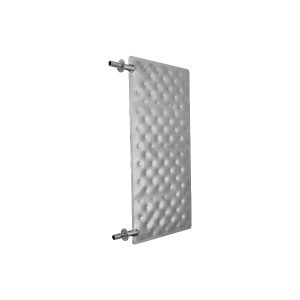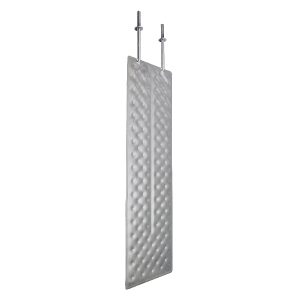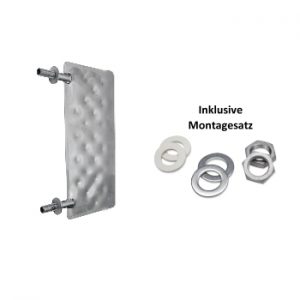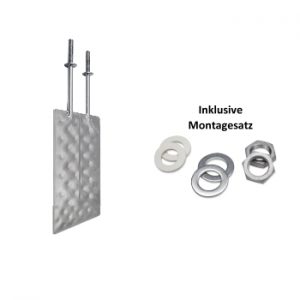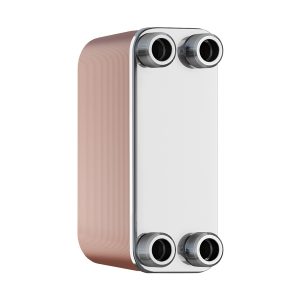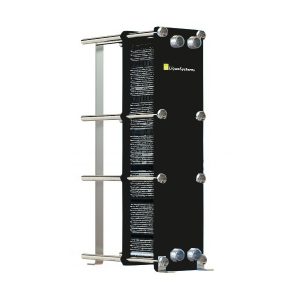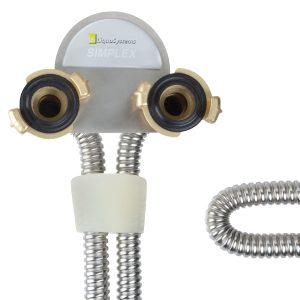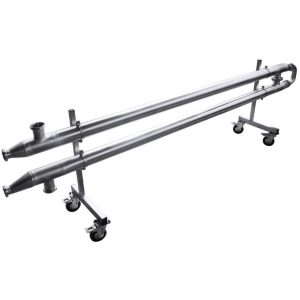Mash cooler, wort cooler, must cooler, heat & tube bundle exchanger for wine, beer, liquids, etc.
When producing alcoholic beverages such as beer or wine, cooling during the brewing or aging process is of the utmost importance. The products only have the right quality features at the right processing temperatures. In professional environments, cooling typically uses heat exchangers, cold plates, shell and tube exchangers, or cooling hoses connected to digital controls for temperature monitoring. If you search Google for a mash cooler or wort cooler, you will often see copper-colored cooling coils that simply cool without temperature control. While that’s better than nothing, it has nothing to do with a controlled process. It is advisable to think about solutions from LiquoSystems here, whether in the form of cooling plates, heat exchangers, cooling machines, fermentation controls and more.
You’re not producing anything, so don’t temper anything
With the cooling plates and heat exchangers from LiquoSystems, you are always on the right side with all temperature specifications, including mash fermentation and wort cooling. In connection with our high-precision fermentation control and regulation systems, you can control the temperature constantly and purposefully – and not just somehow. In this way, you can bring your end product to the point in a way that corresponds to your ideas. LiquoSystems offers you the sure way to the right product – because the importance of temperature for the quality of your products cannot be overestimated. It is still underestimated in practice. For the character of a white wine, it can make a big difference whether the aging is carried out with a few degrees more or less. Differences in degree can also have a significant impact on the end product in the beer brewing process. Therefore, think more about precise cooling systems.
Temperature cooling plays a much bigger role than some think
With the many applications on the market, it is hardly possible to lump the issue of temperature cooling together. If it is done here anyway, it is to once again explicitly point out the importance of the topic. According to the common “paradigm”, white wines are usually produced between 15 and 18 degrees Celsius and red wines between 22 and 25 degrees Celsius, whereby specific deviations can always be made and unplanned ones should always be avoided! Top-fermented beer should be prepared between 18 and 22 degrees and not just at “room temperature”, bottom-fermented beer between 9 and 12 degrees Celsius, the maturation or even secondary fermentation even at a low 3 to 5 degrees. Likewise, the must of wine products in the pre-clarification requires particularly cool temperature regions. The different yeasts, in turn, have their own temperature points that must be observed. However, these values can only be examples that prove: it is worth thinking more about temperature.
But it is particularly important that the corresponding products are cooled down quickly and in one process, for which high-performance systems should be used. For example, mash from 45 to 20 degrees or must from 15 to 0 degrees or wort in the first stage from 95 to 25 degrees and in the second from 25 to 10 degrees. However, these are just examples that can look different in individual cases, but underline the importance and variety of temperatures during production. Talk to LiquoSystems here about your desired temperature profile.


